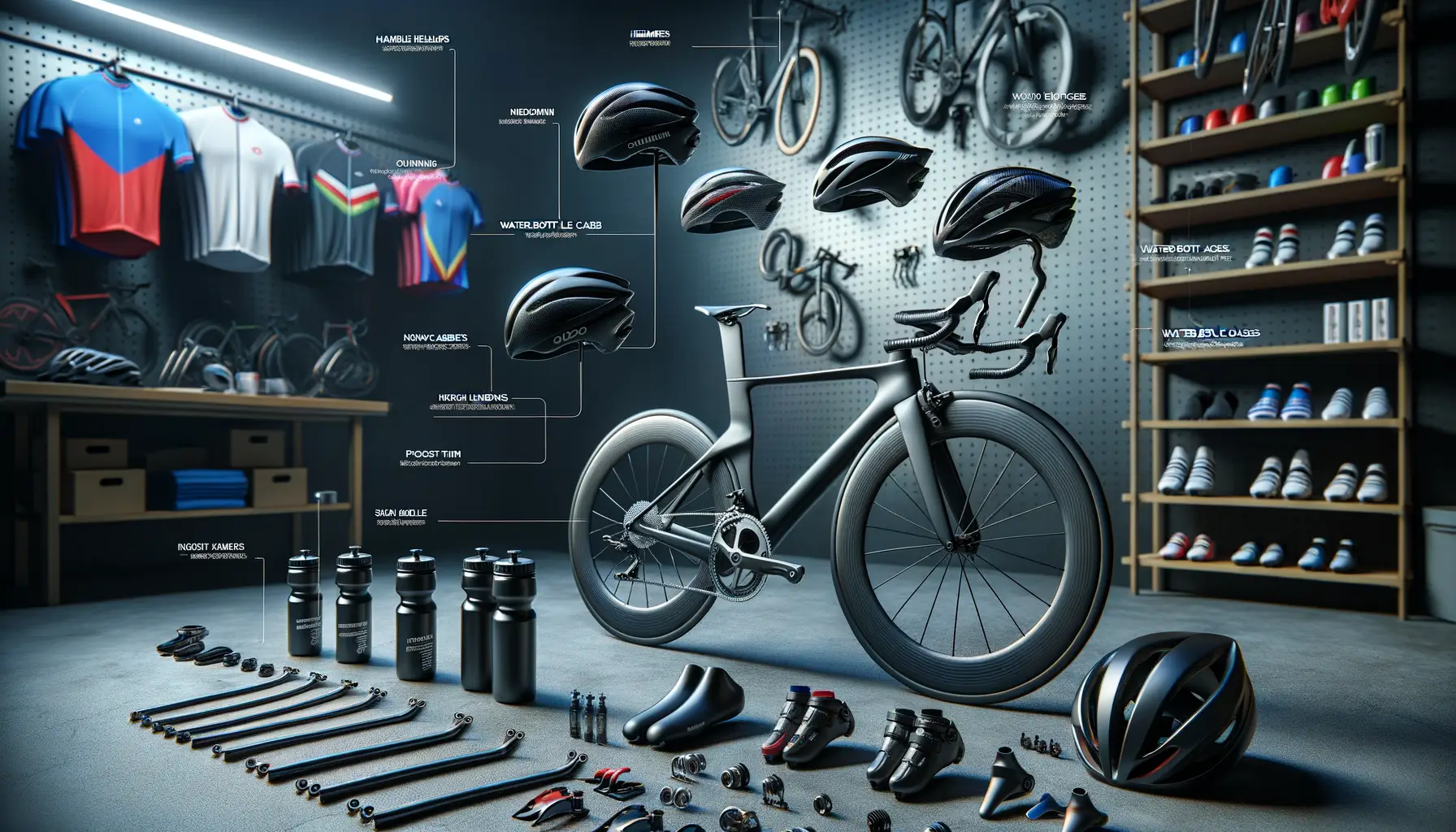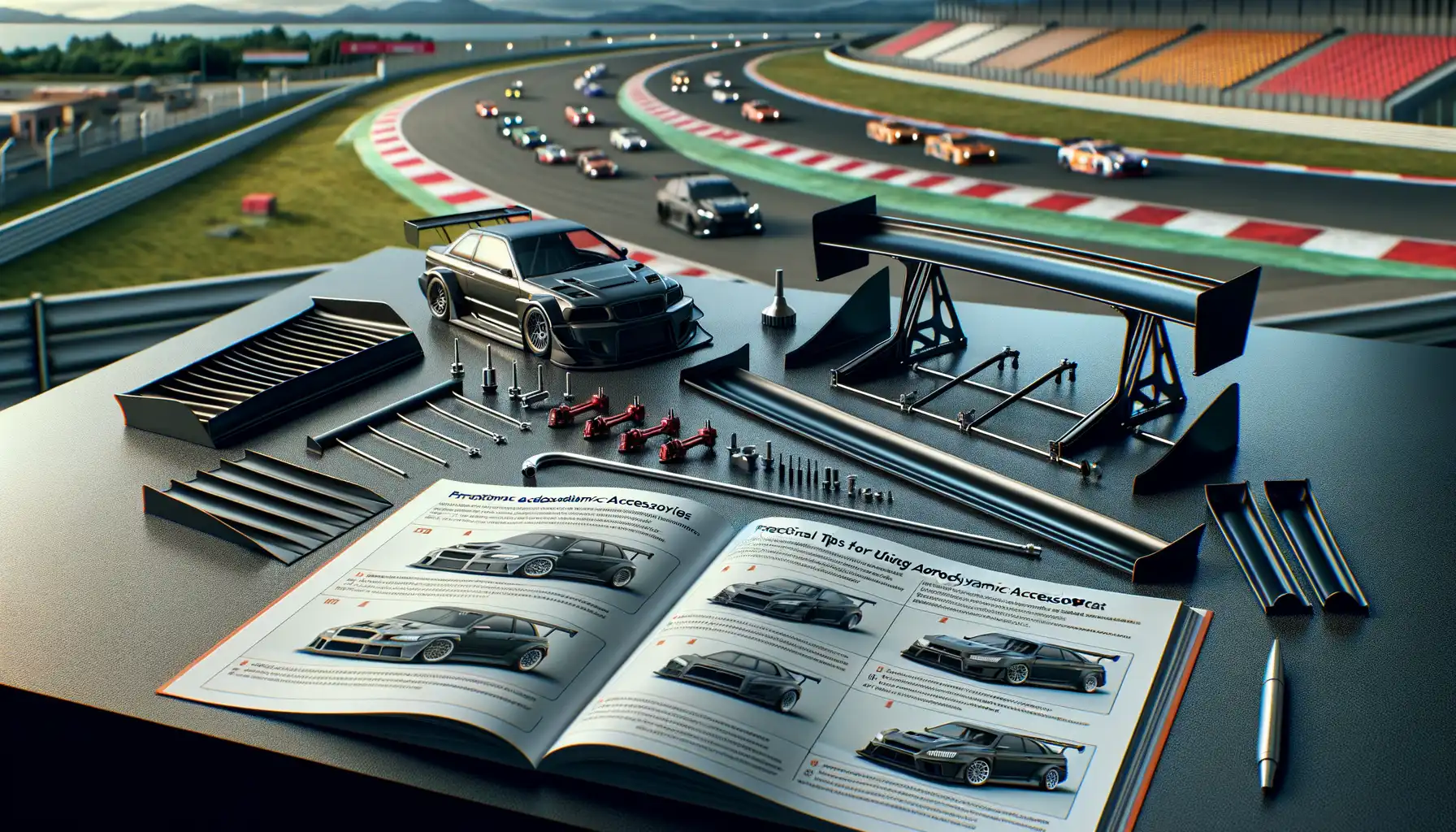Understanding the Principles of Aerodynamics in Cycling
How Air Becomes Your Rival or Your Ally
Imagine slicing through the crisp morning air on your bike. Every turn of the pedals feels powerful, but as speed increases, a silent force begins to push back—it’s the invisible hand of aerodynamics. In cycling, air can be both your fiercest rival and your greatest ally. Understanding how it works is like unlocking the secret to faster race times.
When you ride, you’re essentially battling wind resistance, or drag. This drag grows exponentially with speed; double your velocity, and suddenly, air feels like a wall. Why? Because your body, frame, and even water bottles disrupt airflow, creating turbulence. For triathletes and road racers, this means lost seconds—an eternity in competition terms.
Here’s the kicker: you can outsmart the wind. By tweaking shapes, surfaces, and positions, you can reduce drag and “cheat” the air. Ever notice why elite riders crouch low or why a pro cyclist’s helmet looks more like a spaceship than a hat? It’s all about maximizing aerodynamic efficiency.
- Smoother shapes create less drag (think teardrop or oval designs).
- Minimizing exposed surface area reduces friction with the air.
- Even the smallest accessory placement matters—yes, that saddle bag counts!
Understanding these principles is more than science—it’s the art of gaining an unfair advantage over the elements.
Key Components of Aerodynamic Bike Accessories

Why Shape and Surface Matter
When it comes to bike accessories, every curve, edge, and texture plays a role in how air flows around your ride. Think of your bike cutting through the wind like a racing yacht slices through water—it’s all about smoothness and efficiency.
Aerodynamic helmets, for instance, feature teardrop-like shapes to channel air seamlessly. Compare that to a regular helmet with vents sticking out, and you’ll feel the drag—literally. Wheel designs, too, are game-changers. Deep-section rims act like a sail catching just enough breeze to push you forward rather than holding you back.
Not to forget surface textures! Some high-end frames mimic sharkskin patterns to reduce turbulence, cleverly tricking airflow. A subtle detail? Sure. A performance boost? Absolutely.
The Little Things That Add Up
It’s not just about the big-ticket items. Sometimes, it’s the seemingly minor tweaks that turn heads—and corners—faster. Accessories like:
- Aero bottle cages: designed to hug your frame tighter than a second skin
- Minimalist handlebars: engineered to have smoother lines for less wind resistance
Even something as simple as where you stash your snacks can either slice or snag the wind!
Design Process and Material Considerations

Shaping Speed: From Sketch to Saddle
Designing aerodynamic bike accessories isn’t just about dreaming up sleek shapes—it’s an intricate dance between science and artistry. Every curve, every edge is meticulously planned with one goal in mind: cutting through air like a hot knife through butter. It all starts with sketches that look more like futuristic sculptures than everyday cycling gear. But here’s the kicker: beauty alone won’t do.
The design process demands precision. Engineers spend hours tweaking computer models, running airflow simulations, and asking tough questions: Will this angle reduce drag? Does this shape balance speed and control?
At the same time, one crucial decision looms: materials. High-stakes racing calls for lightweight yet sturdy options, so you’ll often see designers favoring **carbon fiber** for its near-magical ability to combine strength with feather-light heft. Other materials like **thermoplastics** or **aerospace-grade aluminum** sometimes sneak into the mix, depending on the accessory’s purpose.
- Will it endure headwinds without adding weight?
- Does it maintain durability under relentless road vibrations?
Each choice has ripple effects, much like the shifting gears of a cyclist during a climb—intimately tied to performance, feel, and speed.
Testing and Optimizing Aerodynamic Performance

Unleashing Speed Through Real-World Testing
When it’s time to put your aerodynamic bike accessory designs to the test, think of it as a thrilling experiment rather than a clinical assessment. You’re uncovering secrets to slice through the wind with precision and flair. Testing in controlled environments like wind tunnels feels like stepping into a sci-fi movie, where every whisper of air reveals its story. With measured airflow and drag data, you’ll see how those sleek curves and materials perform at high speeds.
But don’t stop there! Take your prototypes to the road – after all, that’s their true battleground. The unpredictable nature of outdoor conditions, like gusty winds or sudden rain, shows how resilient your design really is. Attach a power meter to your bike, monitor speed and effort, and track whether your performance feels smooth or labored. Trust me, the pavement doesn’t lie.
- A/B Testing: Compare two accessories head-to-head in the same conditions to find what really works.
- Pressure Mapping: Use sensors to analyze airflow over every nook and cranny.
These insights add dimensions of excitement to optimization. It’s not just science; it’s art meeting adrenaline!
Practical Tips for Using Aerodynamic Accessories in Races

Fine-Tuning Your Gear On Race Day
You’ve invested in those sleek, carbon fiber aerodynamic accessories—now comes the all-important moment of making them work for you, not against you. Think of it like taming a wild horse: powerful but needing a steady hand. First up, ensure every component, from your deep-rim wheels to your aero bars, is properly installed and secured. A misaligned bike part can turn into your nemesis mid-race.
On race morning, adapt to the conditions. Is it windy? That deep-section front wheel might look phenomenal, but strong crosswinds could throw you off balance. Plan wisely; sometimes ditching a little aerodynamic glam for control pays off in speed.
In-the-Moment Adjustments for the Win
Picture this: the starting gun fires, adrenaline’s pumping, and you’re hammering down the course. Remember these quick tips:
- Stay low and tucked: No accessory will save you if you’re riding upright like a sail, catching wind.
- Check your water bottles: Rear bottle cages may feel aerodynamic, but if you can’t grab that hydration on a climb, rethink placement next time.
- Mind the terrain: Aero gear shines on flats; for steep climbs, efficiency may matter more than drag reduction.
Trust your instincts—but trust your preparation even more. When everything clicks, your ride won’t just be fast; it’ll feel unstoppable.



